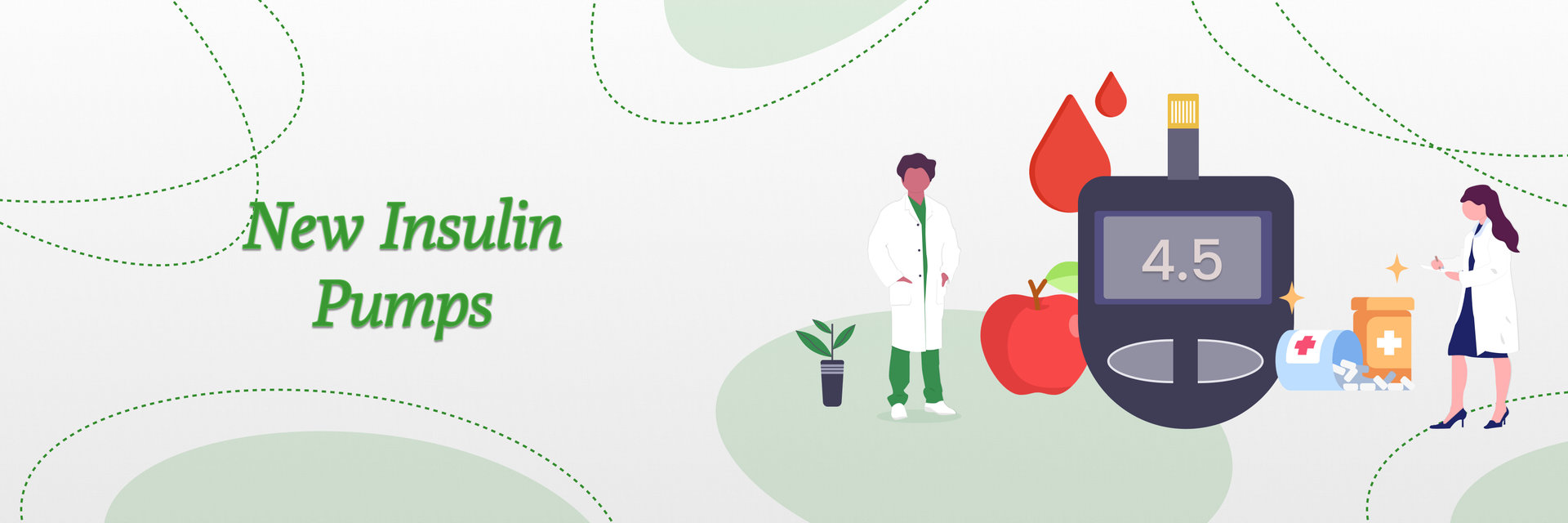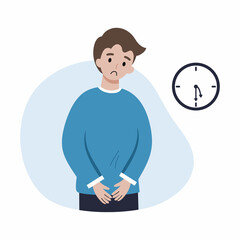Overview
So you've been seriously injured in an accident and the bills are piling up fast. Hospital stays, surgeries, months of physical therapy, lost wages from missing work - we're talking about hundreds of thousands of dollars in damages. Then you find out the person who hit you only has $50,000 in insurance coverage.
Your first thought is probably "well, I guess I'm screwed." The insurance company offers you their full policy limit and acts like that's the end of the story. Case closed, right?
Not necessarily. When someone suffers a serious injury in a car accident or other incident, the medical bills and losses can quickly blow past what the at-fault party's insurance policy will cover. That's where things get really interesting - because once the insurer offers their full policy limit, a lot of people think that's all they can get.
But experienced personal injury lawyers know that's often just the beginning of the real negotiation. In high-stakes claims, attorneys use legal strategy and pressure tactics to go way beyond those surface numbers. A well-crafted personal injury demand letter policy limit request can trigger all sorts of responses from the insurance company - from better settlement offers to putting them at risk for bad faith claims.
Here's how skilled lawyers keep fighting for their clients even when policy limits seem to fall short.
What Are Policy Limits and Why Do They Matter?
Insurance policies have maximum payout amounts, called policy limits, for bodily injury liability. So if someone has $50,000 in coverage and they cause an accident, their insurance company is only required to pay up to $50,000 for injuries they cause.
If your damages exceed those limits - which happens all the time with serious injuries - the insurer can technically say "sorry, we've paid our maximum, you're out of luck."
But here's where it gets interesting - this situation actually creates legal risk for the insurance company if they don't handle the claim properly. They can't just throw their hands up and walk away without consequences.
There are specific rules about how insurers have to respond when someone's damages exceed policy limits, and if they screw this up, they can end up paying way more than their original policy limits.
The Power of the Demand Letter
A personal injury demand letter isn't just a polite request for money. It's a formal legal document that outlines all your damages and officially requests settlement within the available policy limits.
If the insurance company fails to respond in good faith, delays payment when they should settle, or tries to lowball you when your case is clearly worth the full policy limit, it can open them up to what's called a "bad faith" claim.
Smart lawyers use this step strategically to preserve the right to sue for amounts way beyond the stated policy limits later. It's like setting a legal trap - if the insurer doesn't respond appropriately, they've created much bigger problems for themselves.
The key is documenting everything properly so that if things go south, you can prove the insurance company had a clear opportunity to settle within their limits and chose not to.
Finding Other Sources of Money
If the at-fault person's basic insurance policy isn't enough to cover your damages, experienced lawyers start digging for other sources of compensation that most people never think about.
They'll investigate whether the defendant has an umbrella policy that provides additional coverage above their basic limits. They'll look for other defendants who might share responsibility for the accident. If the at-fault driver was working when the accident happened, their employer might be liable too.
In some cases, your own uninsured/underinsured motorist coverage can help close the gap between what the other driver's insurance will pay and what your damages actually are.
Attorneys also look at the at-fault party's personal assets - their house, savings, other property. This doesn't happen often, but sometimes it's worth pursuing, especially when someone was really reckless or their insurance coverage is ridiculously low compared to the damage they caused.
Using Bad Faith Exposure as Leverage
Here's something most people don't understand - insurance companies have a legal obligation to act in their policyholder's best interest, not just their own financial interest.
If they fail to settle a case when it would be reasonable to do so, and their policyholder ends up getting sued for more than the policy limits, the insurance company can be held responsible for that excess amount.
This creates a really powerful pressure point that experienced lawyers know how to exploit. If your case is clearly worth more than the policy limits and the insurer refuses to pay their full limits when they should, they're putting their own policyholder at personal financial risk.
This risk often pushes insurance companies to settle quickly or even consider contributing money above their policy limits to avoid the bad faith exposure.
The Bottom Line
Policy limits might look like the end of the road when you're dealing with serious injuries and massive medical bills, but in reality, they're often just the starting point for skilled legal strategy.
Through targeted demand letters, bad faith exposure, creative settlement structures, and aggressive investigation of all possible sources of compensation, experienced attorneys can help seriously injured clients pursue the full compensation they deserve.
The insurance company wants you to think that their policy limits are the maximum you can ever get, but that's not always true. Don't let them close the door on your case until you've explored every possible avenue for getting the compensation you need to rebuild your life.







